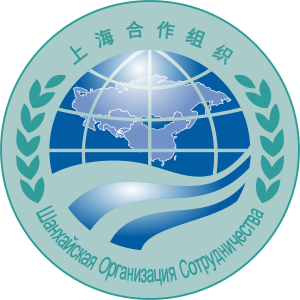

Our focus here is to try and explore China‟s previous naval deployments so as to gain a sense of this country‟s foreign policy themes when it comes to the navy. Lo (1955), argued that “China was a naval power during the late Sung, Yüan and early Ming periods” which went beyond “coastal wars [designed] to carry out invasions of Korea and Indo-China…” (Lo, 1955: 489). We see that, at least during the Southern Sung period (early 12th century) the Sungs had a navy capable of patrolling and protecting her territory between the Han and Yangtze rivers. This navy apparently held support from the population it protected and drew extensively not from land-men, but sea-farers from a sea-going merchant class. But this was a considerable amount of time ago and probably does not reflect modern events very well. Should we skip ahead to 1909, we see that the “decrepit imperial Chinese government announced… the impending departure for Europe and the United States of a naval commission” (Braisted, 1968: 51). This apparently led to economic contracts between the USA and China concerning the sale from the former and delivery of naval materiel to the latter. “The most significant consequence of Liang‟s mission was an undertaking by Peking to purchase warships in the United States valued at $15,000,000 and to request the services of American naval officers in a model squadron” (Braisted, 1968: 53). The turbulence of the 1911-1912 revolution in China did affect relations between the USA‟s sanctioned companies, like Bethlehem Steel, selling goods but did not apparently shift the reason the former or succeeded Peking governments wanted a navy: it was to try and strengthen the sovereignty of China most likely against the USA, rapidly industrialising Japan, Korea, Russian growth in the “East,” and European powers encroaching in Indo-China. It would, of course, do little if nothing to fight dissent within China.
Published in Political Reflection Magazine Vol. 2 No. 2



